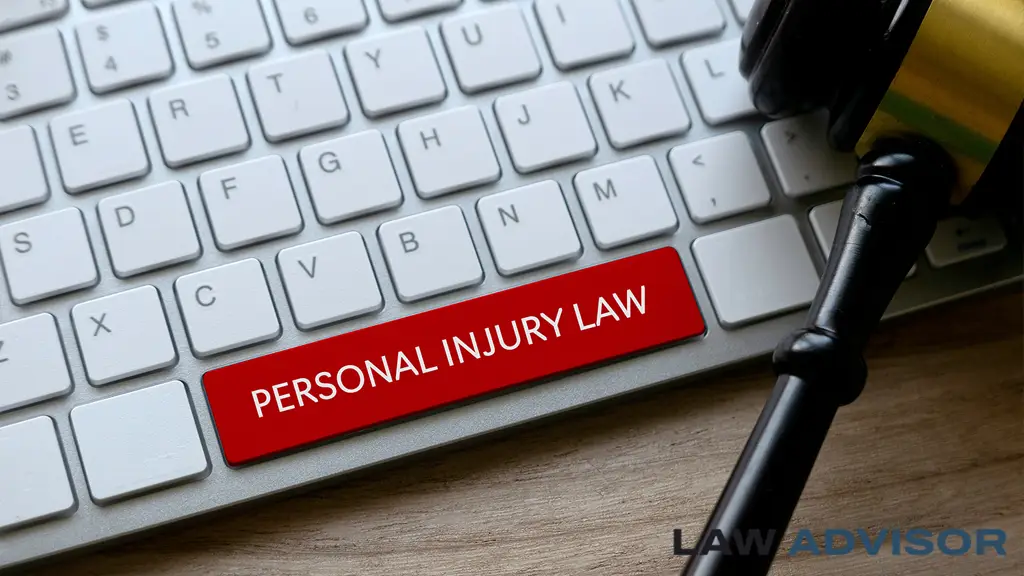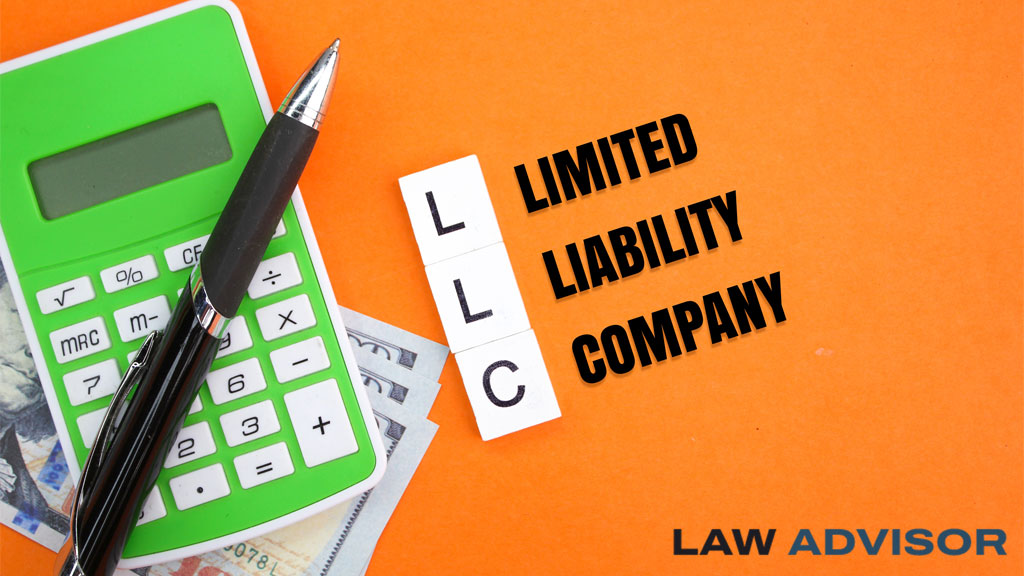When you’re injured in an accident, you might know you’re entitled to compensation for things like medical bills and lost wages. But what about the emotional toll, the stress, or the chronic discomfort you now deal with every day?
That’s where pain and suffering comes in.
This often misunderstood part of a personal injury settlement can significantly impact your total compensation—if you know how to document and prove it.
In this article, we’ll break down what pain and suffering means legally, how it’s calculated, and how you can make sure it’s properly valued in your claim.
🧠 What Is Pain and Suffering?
Pain and suffering refers to the physical pain and emotional distress a person experiences as a result of an injury. It goes beyond the visible scars and hospital bills.
There are two types:
1. Physical Pain and Suffering
- Ongoing pain
- Discomfort during recovery
- Long-term or permanent disability
- Chronic conditions (e.g., back pain, migraines)
2. Emotional Pain and Suffering
- Anxiety and depression
- Post-traumatic stress disorder (PTSD)
- Insomnia or nightmares
- Loss of enjoyment of life
- Emotional trauma from disfigurement or scarring
💰 Is Pain and Suffering Compensated?
Yes. Most personal injury settlements include non-economic damages, which is where pain and suffering falls.
This means:
- You don’t need a specific receipt or invoice for it
- But you do need to demonstrate how your life has been affected
Courts and insurers consider it legitimate—and in serious injury cases, it can far exceed your medical costs.
📊 How Is Pain and Suffering Calculated?
Unlike economic damages (like lost income), there’s no fixed formula—but two common methods are used:
📈 1. Multiplier Method
- Multiplies your economic damages (medical bills, lost wages) by a number (usually 1.5 to 5+)
- The multiplier depends on:
- Severity of injuries
- Length of recovery
- Permanent disability
- Emotional distress
Example:
If your medical bills total $20,000 and your multiplier is 3, then:
bashCopyEdit$20,000 x 3 = $60,000 pain and suffering compensation
📉 2. Per Diem Method
- Assigns a daily dollar amount to your pain and suffering
- Multiplied by the number of days you’re affected
Example:
$200/day x 180 days = $36,000
Note: Insurance companies and courts may prefer one method over the other depending on the case details.
🧾 What Affects the Value of Pain and Suffering?
Several factors influence the amount awarded:
- Severity of the injury (e.g., broken bones vs. soft tissue injury)
- Duration of recovery
- Permanence of the condition
- Visible injuries or disfigurement
- Mental health impact
- Loss of enjoyment in life
- Credibility and documentation
💡 Keep a pain journal. Daily notes about your symptoms, limits, and emotional state are incredibly valuable.
📑 How to Prove Pain and Suffering
Because there’s no invoice for emotional pain, you must build a narrative supported by evidence.
Here’s what helps:
✅ Medical Records
- Diagnosis
- Doctor notes
- Prescription history (e.g., painkillers, antidepressants)
✅ Psychological Evaluations
- Notes from therapists or counselors
- PTSD or anxiety diagnoses
✅ Personal Statements
- Journals describing day-to-day struggles
- Testimonies from family or friends
✅ Photos and Videos
- Show physical injuries and mobility issues over time
🛡️ Do Insurance Companies Try to Minimize Pain and Suffering?
Absolutely. They often try to:
- Downplay the severity of your injuries
- Dispute mental health claims
- Argue that symptoms are pre-existing
This is why having a lawyer can make a big difference—they know how to negotiate and justify non-economic damages.
🔍 Pain and Suffering in Different Types of Injury Claims
| Type of Case | Pain & Suffering Likely? |
|---|---|
| Car accident | ✅ Yes |
| Slip and fall | ✅ Yes |
| Medical malpractice | ✅ Yes |
| Minor fender bender | ⚠️ Maybe (depends on severity) |
| Workplace injury | ❌ Usually handled by workers’ comp (limited) |
🧠 You May Wanna Check Out:
- How Long Does a Personal Injury Lawsuit Take?
- How Much Is My Personal Injury Case Worth?
- Slip and Fall Accidents: Who’s Liable and How to Prove It
✅ Final Thoughts
Pain and suffering is real—and compensable.
Don’t let an insurance company dismiss the emotional and physical toll your injuries have taken. With the right documentation, legal help, and strategy, you can recover compensation that reflects your full experience—not just your medical bills.










